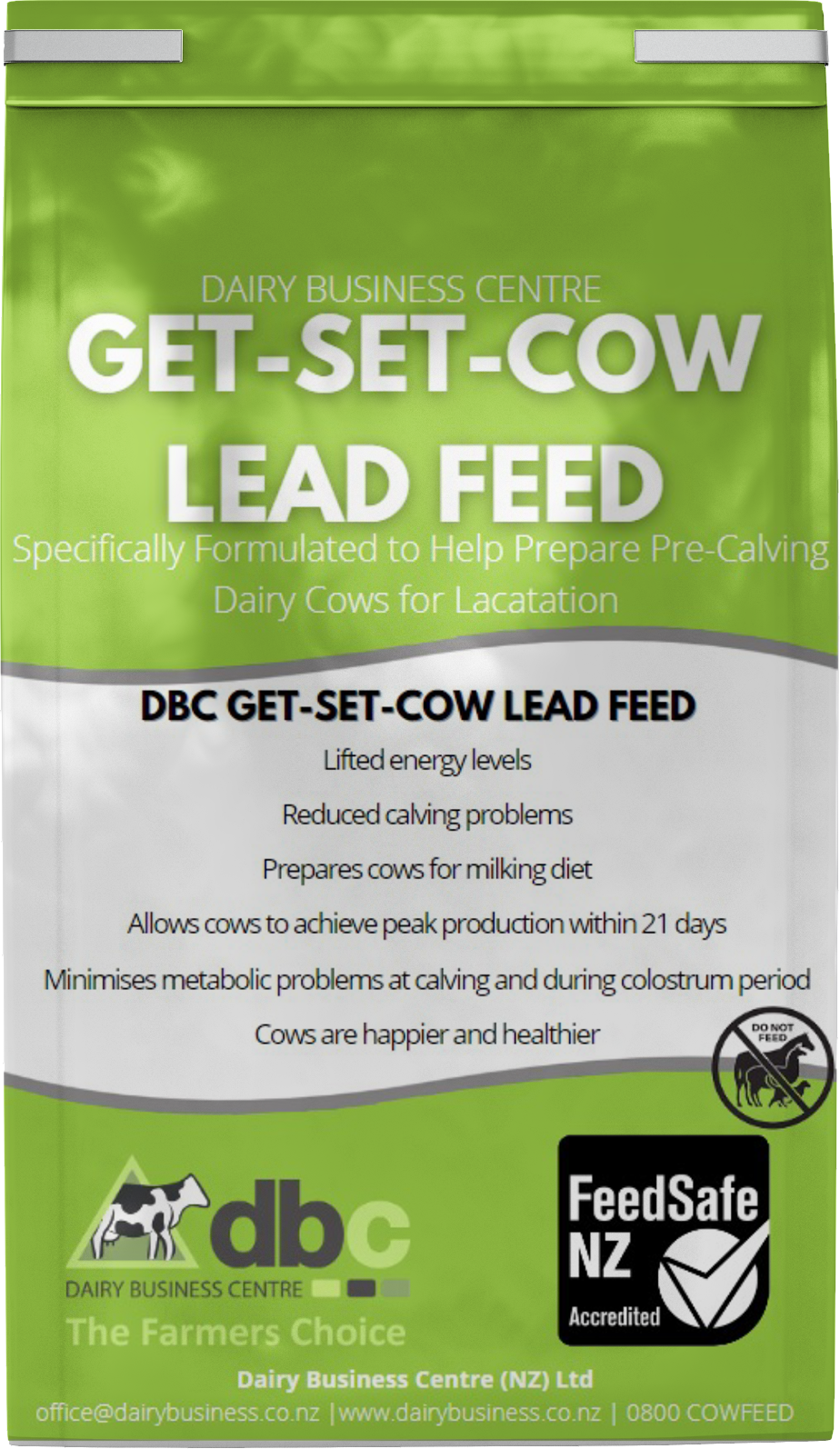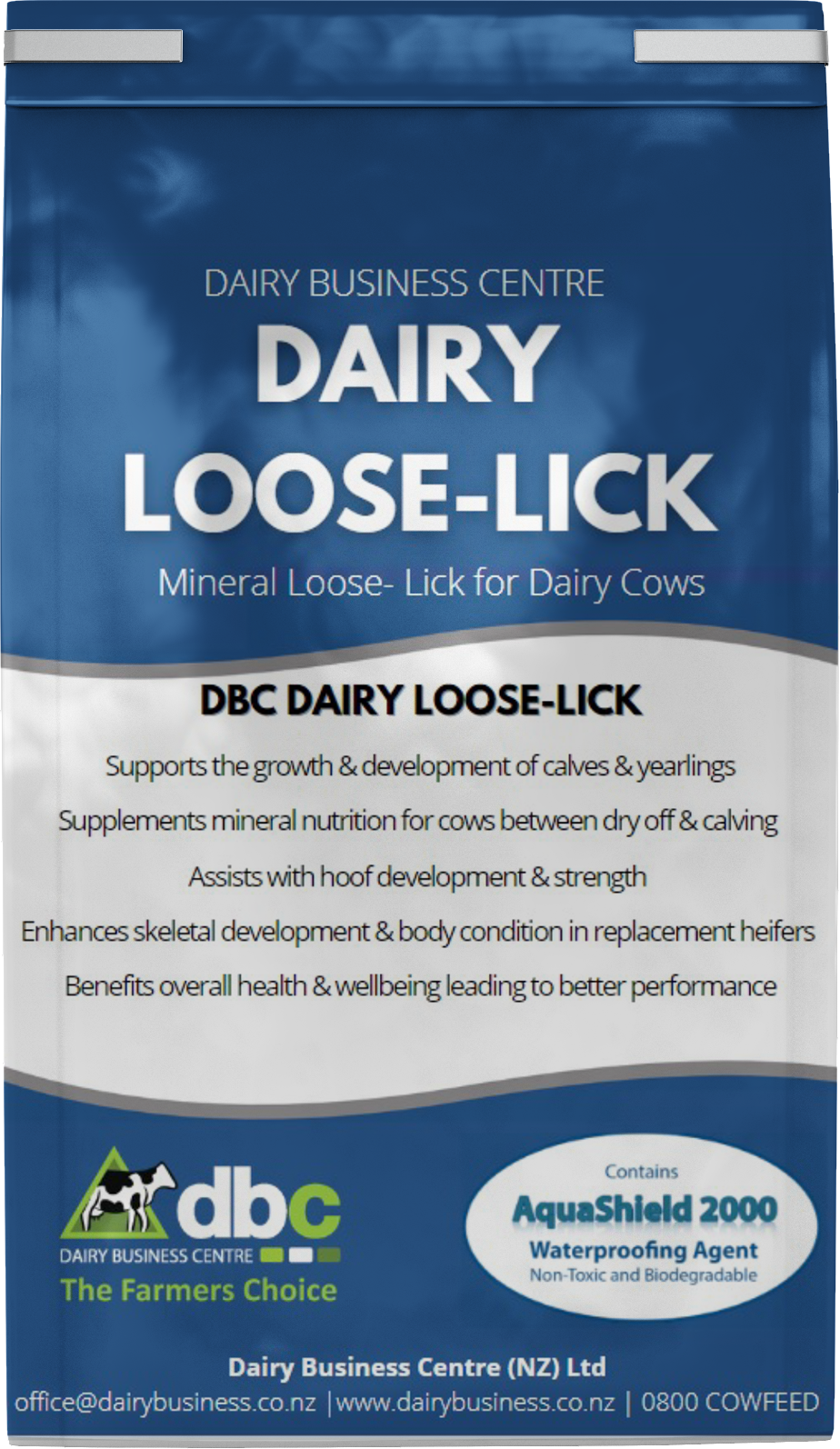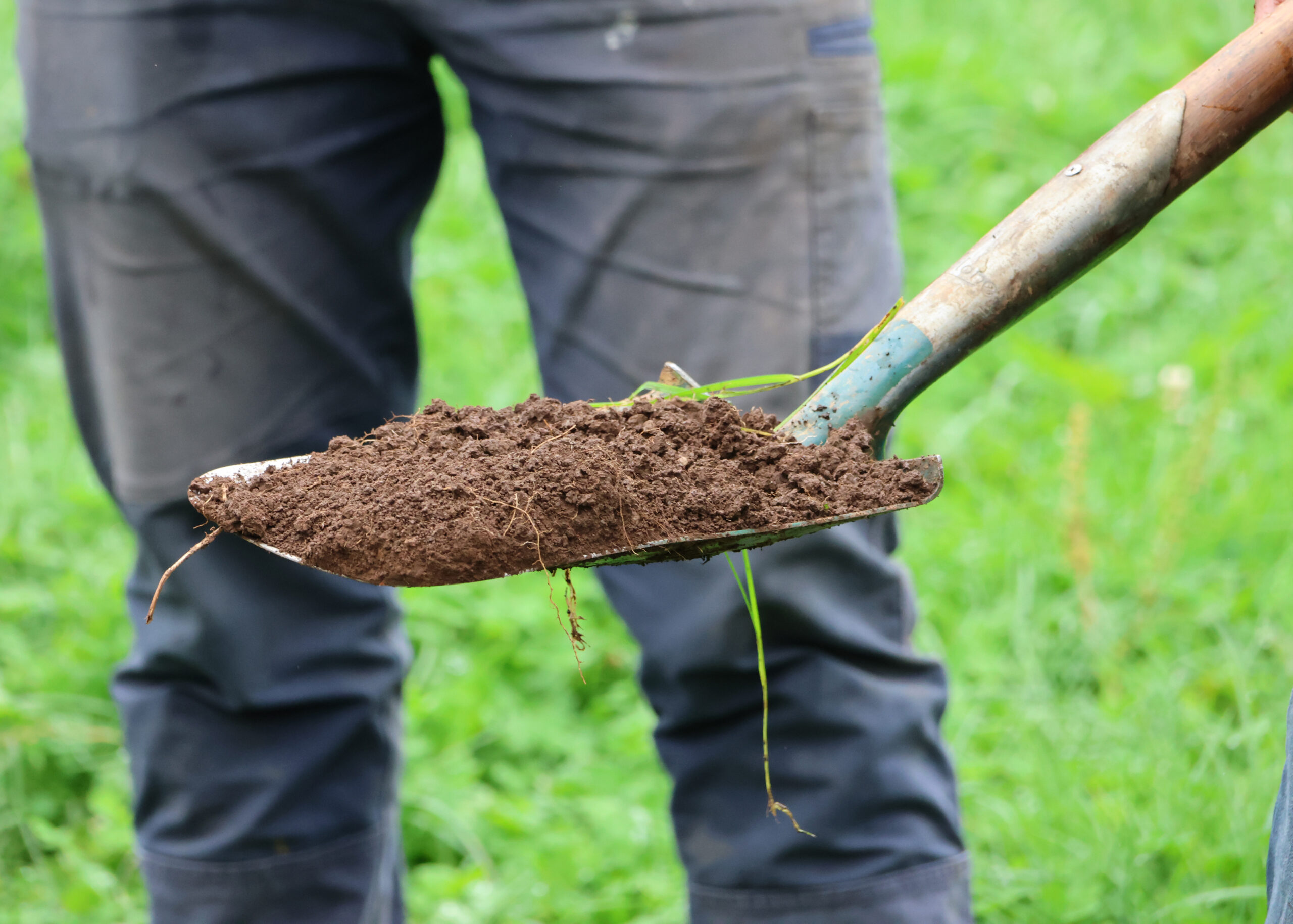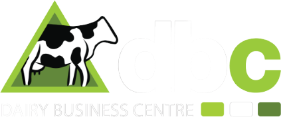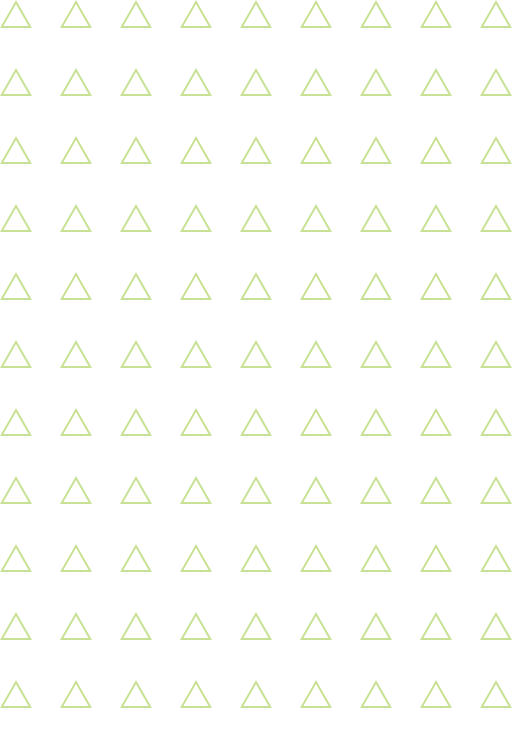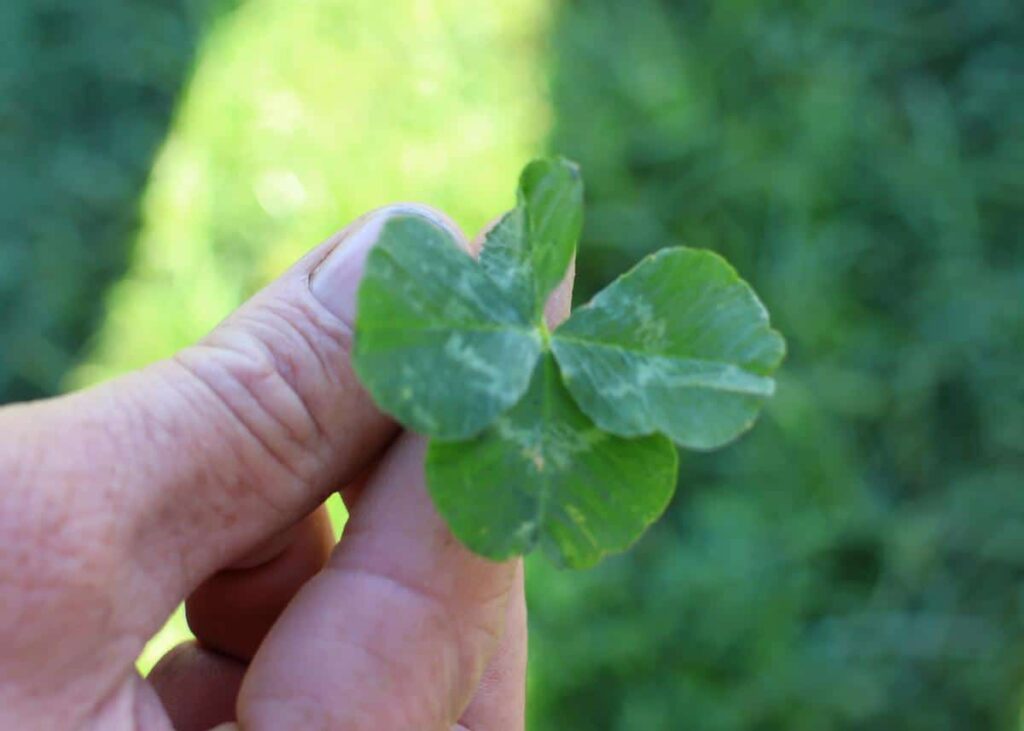A high-production herd in South Otago with a lot to lose has gone all-in with biological farming after visiting Australian farms with the Dairy Business Centre (DBC) last year.
Darrell and Julie Wendelgelst run a 400-cow herd, milking year-round through a 40-bail rotary at Waiwera South, 20 minutes west of Balclutha. They average 678kg milk solids (MS) per cow off 175 effective hectares (with a support block of 140ha that is 4km from the home farm). Barnan Dairy Farm Ltd sent 271,000kg of MS to Fonterra for the 2023-24 season.
Darrell has been actively moving away from synthetic fertiliser companies for the past six years, working with an independent biological soil consultant concentrating on humates, and balancing the minerals in their soil. He has also been working with the DBC’s Neville Hamilton and Charlotte Flay to actively address the mineral levels in his herd.
While he wasn’t fully aware of what the tour of Tasmania and northern Victoria would reveal, he was curious. The trip visited several operations in the two states that had been farming biologically for a decade. It afforded the Kiwis a valuable chance to see working examples on commercial dairies with the benefit of hindsight – something the Australians did not have the advantage of when they first embraced the paradigm shift.
All-in moment
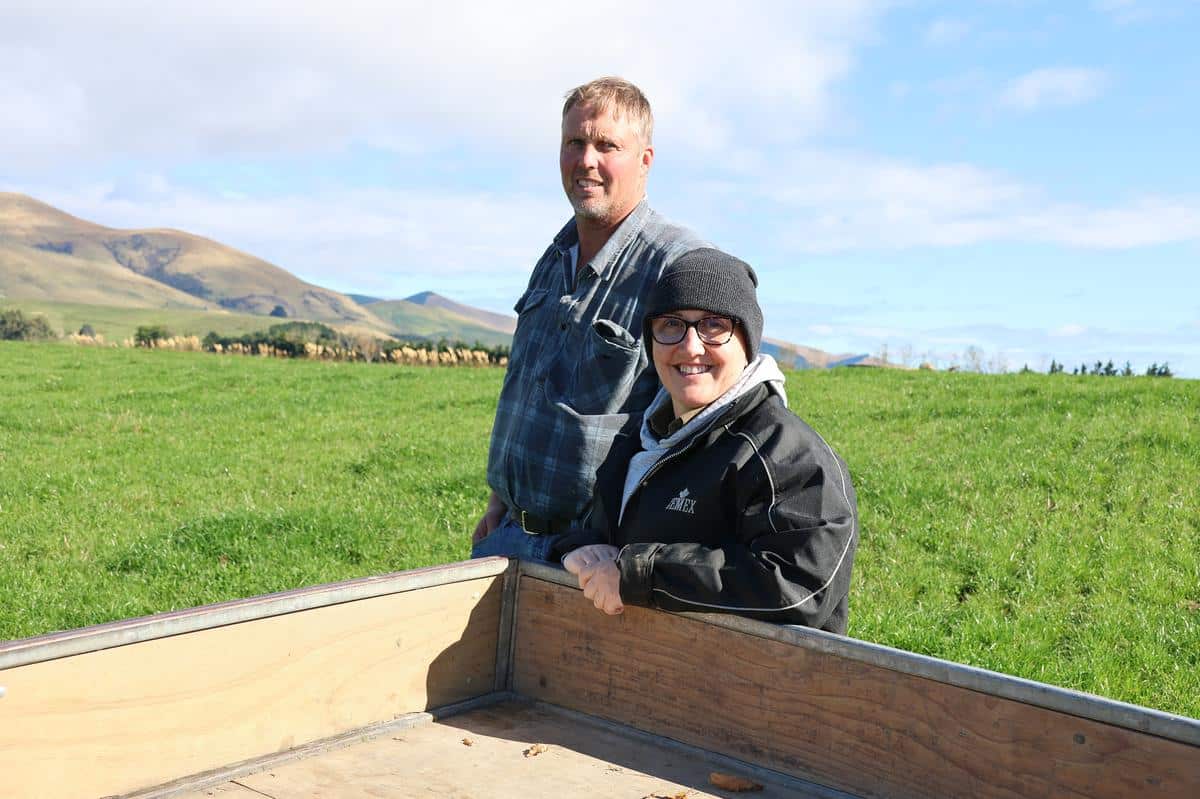
They came across SOIL IGNITE, a spray applied to pasture and soil four times a year, which feeds the soil’s microbiology with essential minerals and trace elements and other soil stimulants, allowing it to use its nutrients effectively.
With some cows in Darrell and Julie’s herd producing up to 1000kg MS, they could have been forgiven for initially preferring to approach change cautiously. However, that is not Darrell’s way. He dived straight in, applying SOIL IGNITE across the entire farm.
“What I saw in Australia made sense to me. And, to my mind, you’re either in or you’re out. You’re not going to get the results in the animal health if you’re grazing synthetic-fertiliser-fed pastures one day and biological pastures the next.”
He said the fact that the Australian farms they visited had similar cows to the Kiwis, were improving their in-calf rates and lifting their fat percentage greatly interested him, being aspects the Barnan Dairy Farm operation is also working on.
“For me, this was a calculated risk, because we were already half in this space. It was a short step for us to go all the way.
“And, my main motivation for going forward was cow health. I wanted to get our soil health right because everything comes up through the plant to the animals.”
The future is here
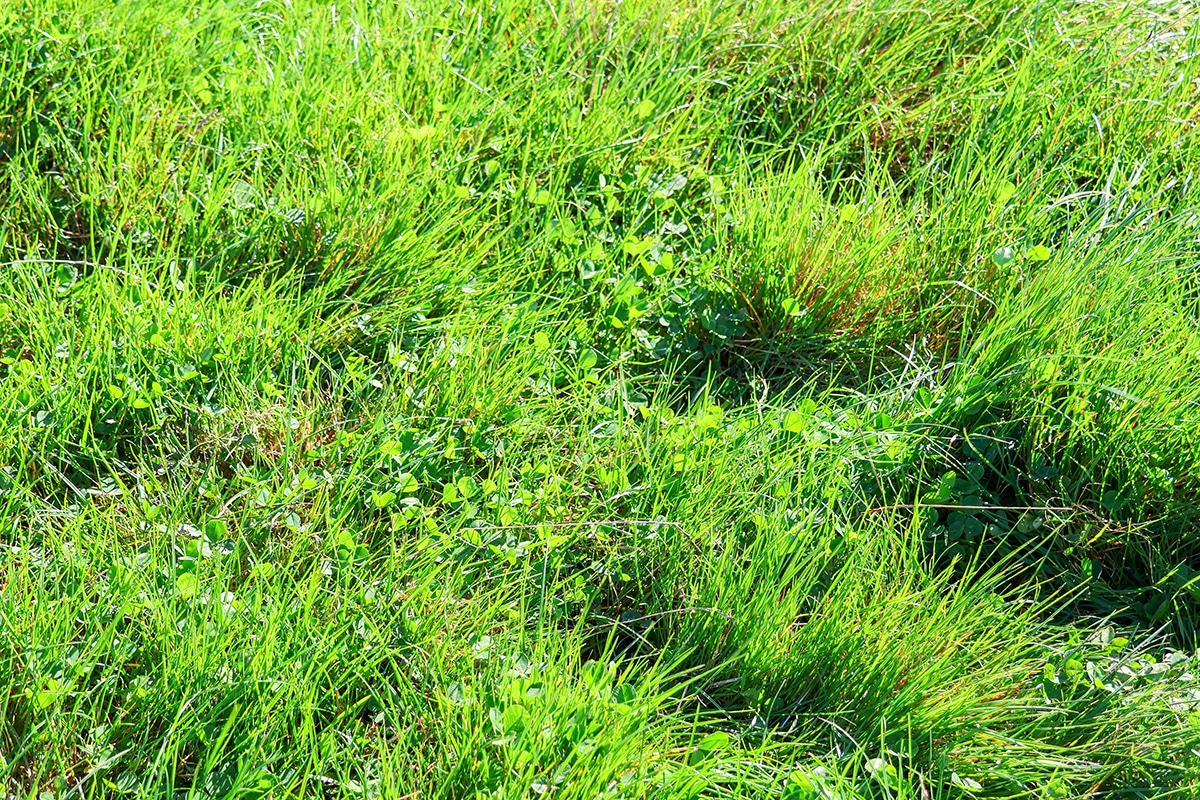
He said pasture responses had concerned him for some time – along with the reality of New Zealand’s regularity restrictions regarding conventional fertilisers.
“I had been starting to feel like I was dumping fertilisers on, and not getting enough bang for my buck,” Darrell said.
The Wendelgelsts use a contractor to apply SOIL IGNITE four times a year (costing $52/ha, applied), and have now completed their first full year using it.
Darrell said the only question mark he had after visiting Australia was that several of the farms were irrigated, and their property is dryland. That aside, he said they are already seeing positive responses.
“This is our fourth dry summer in a row, and I think that we have stayed greener for longer this season. I can certainly already see that the soil is not as tightly compacted. It’s already allowed the plant roots to go deeper and helped the pastures hang on.
“What has been very, very noticeable in the young new grass is the amount of clover coming through. On some of the older pastures it’s taken a little longer for that to happen.”
Proof of the pudding
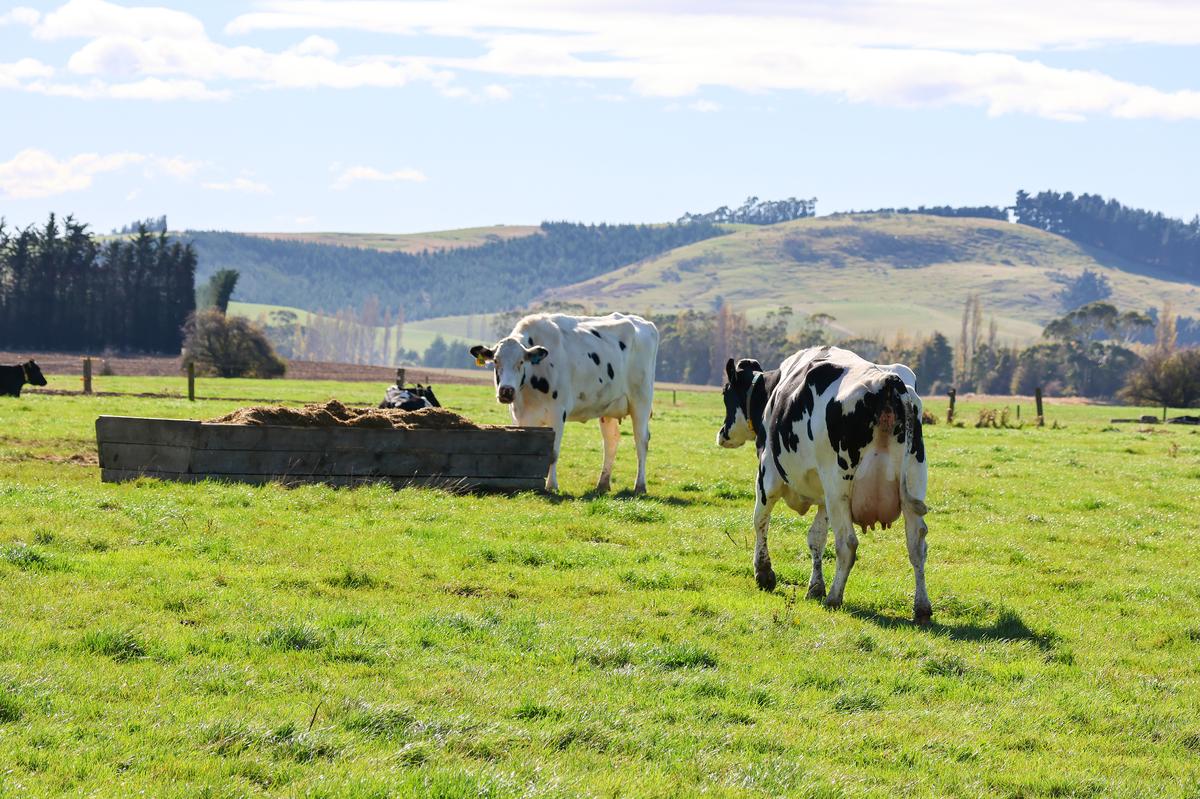
Darrell said their production had held to similar levels this season, and he remains comfortable with the science.
“That soil interaction is releasing nutrients that have been locked up. There are potentially heaps of nutrients in all New Zealand’s soil; we just need to convert them – from being unavailable to the plants – to being plant-available.
“I could see it was more cost-effective to do this than it was to keep piling synthetic fertiliser on. To get the fungi and bacteria in balance without getting the tractor out of the shed isn’t all bad.”
While he is impatient to see the full benefits, Darrell said he appreciates it’s a process.
“It’s one of those things it’s hard to quantify early on – especially to convert the results into animal health benefits.”
Cows can’t milk on nothing

Darrell and Julie are continuing to follow their drive for more production per cow.
They converted the gentle rolling, former beef and sheep country back in 1996. Their farm, which is 75m above sea level, today also includes a 450-bail, free-stall barn and a 300-cow feed pad (both covered) and a third undercover loafing area – bedded in straw – with enough room for 200 cows to calve down. This operation can comfortably house 600 cows.
Darrell said, “You can’t feed cows on grass alone to get the big production. It’s a well-known fact that timewise they can only harvest 17-18kg dry matter [DM] per cow of pasture a day, so to get them up to 25-26kg DM you have to supplement the difference.”
That includes supporting the herd’s mineral status with DBC’s Loose-Lick offered ad lib through the season. Loose-Lick includes the macro-minerals calcium, phosphorous and magnesium, along with micro-minerals zinc, copper, cobalt, selenium, manganese and iodine, plus Vitamins A, D and E.
Three weeks before calving, the Wendelgelsts feed DBC’s lead feed, Get-Set-Cow. A specifically formulated supplement fed in the 21 days pre-calving, it includes a blend of pelletised anionic salts, calcium, magnesium, grain and protein. Includes a full daily requirement of trace minerals, along with Rumensin, it’s designed to support a cow’s metabolic transition safely through calving and into production.
Once the cows join the herd, Darrell switches to DBC’s Mixer Wagon mineral blend (300g per cow per day) to a partial mixed ration that includes (per cow per day) 1kg of canola meal, 2kg of palm kernel, 2kg of wheat and silage (depending on time of the season and grass availability).
“One of the attractions outside of that was the minerals: I buy one bag and it has everything in it in the right quantities,” Darrell said. “It’s a lot more time efficient than having to weigh out all the minerals separately.”
Money is in producing more milk per cow
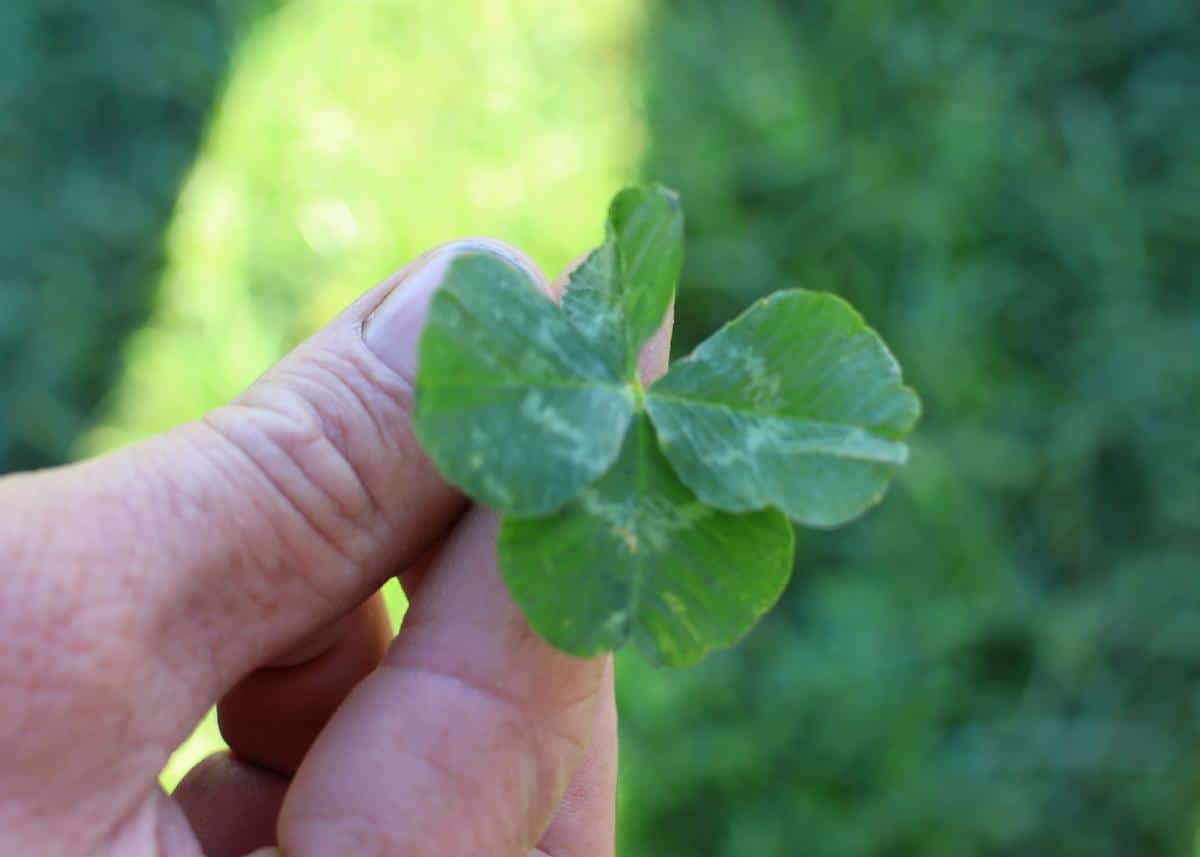
Every decision is playing into their end-game to get more per cow production.
“If the council requires us to get a consent to have more than 2.5 cows/ha going forward, why not have fewer, bigger cows, feed them well and get more milk out of them?
“As we see it, producing more milk per cow is the most efficient and environmentally friendly way to be profitable.”
Related article
What are your downer cows telling you?
Making money milking cows on 5.5ha
Minerals and meal add milk
You can’t save yourself into profit
He came for the sustainability and stayed for the results
Related products
